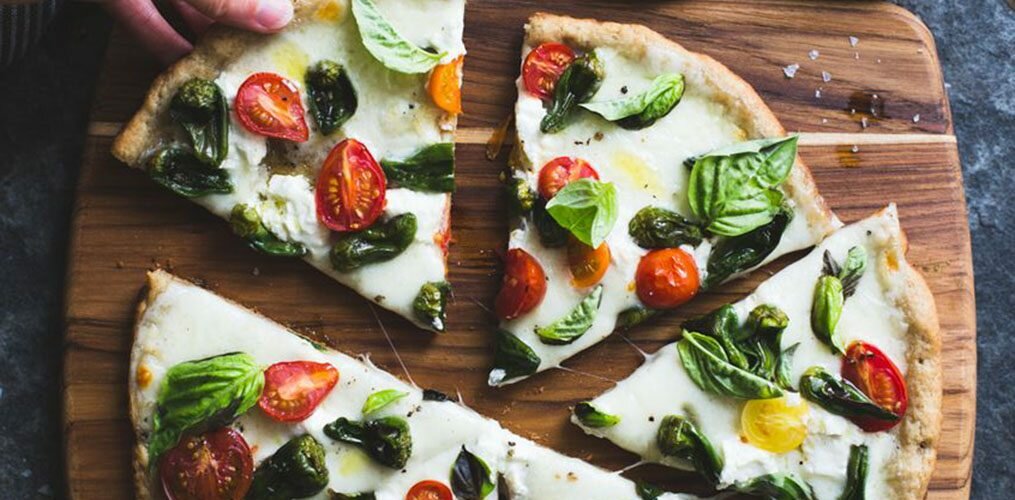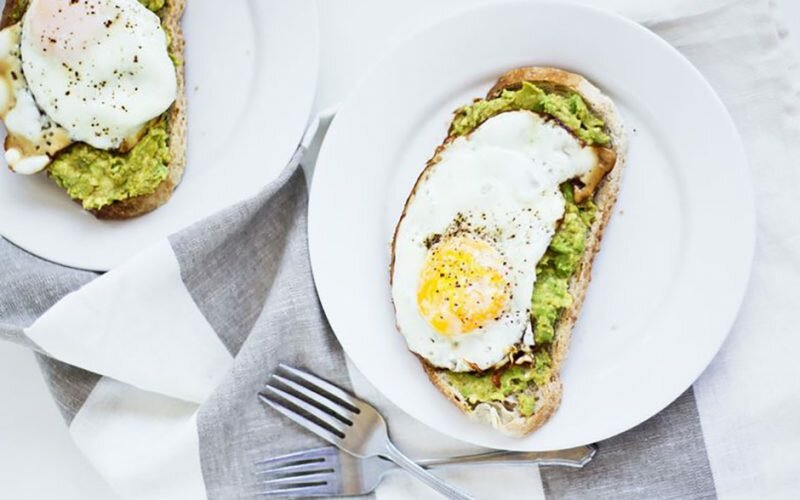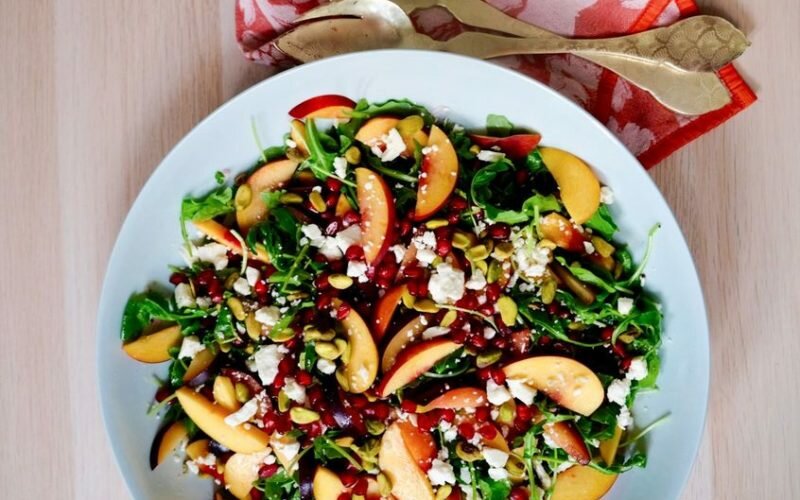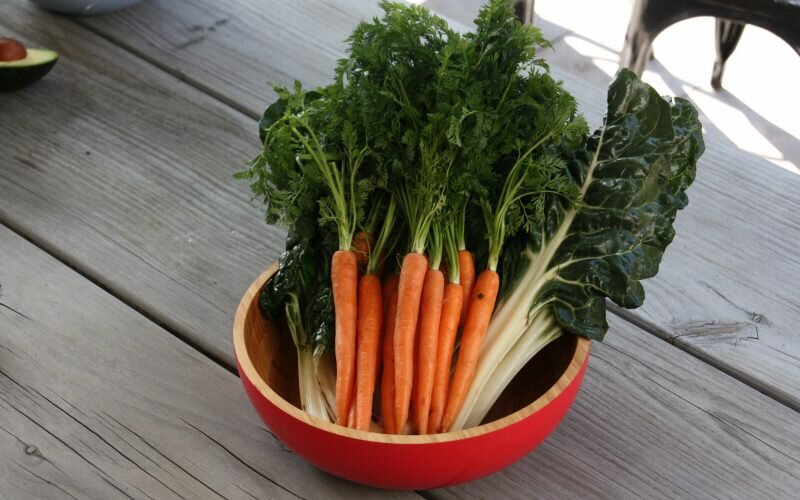So we’re going to list a few of our favourite products and recommend whether they should be bought or made.
Chicken Broth – MAKE
Bone broth, or as your Mum called it, stock, is all the rage right now. The collagen and immune boosting properties were evangelicalised (not a real word) by the Paleo community a couple years ago and now all the non-vegan healthies are on board.
The problem is, the store bought versions are flawed. There’s either the $4/litre stuff sold on the supermarket shelf. It’s usually got every ingredient except vegetables and bones. And then there is the sincere bone broth sold for $15-22/litre. Which is highway robbery.
If you want bone broth, you have to make it. It might take 12 hours of simmering but it’s the simplest recipe of all time. The prep is about 5 minutes of actual work. And it will cost you about $4 in ingredients. That will make you 10 litres of the richest, most nutritious broth of all time. That’s 40c per litre to make something better than the boutique $20 stuff you buy at the store.
My favourite recipe is sautéing garlic, brown onion, leeks (the best soup ingredient ever) and about 4 chicken carcases in a massive pot. Throw some celery and carrots in there and then fill it with water. Keep the temperature hot until it boils and then reduce to a simmer for as long as you can wait. I do mine for about 4 hours and that’s all I need. It’s so creamy that I often have to water it down when I put it in recipes.
Nut Butter – BUY
If you’ve got a $2000 food processor or ze German Thermomix then you can butter away. However, for the rest of us, nut butter is going to destroy your $1000 blender or $200 Kmart food processor. A dull blade and an overworked motor is not worth going homemade.
What makes this decision easier is that the store bought nut butters have a steady shelf life without preservatives. As with everything that sits outside a supermarket fridge, just read the labels. Should be 100% nuts. Ideally, your local health food store makes their own.
Almond Milk – BUY
This one is tricky. It’s easy to make and your DIY will be creamy, tastier and healthier than the store bought stuff. But I can’t make that recommendation given I don’t practice what I preach.
If you’re like me, you go through more almond milk than your car does petrol. I have two smoothies every day and it’s a primary ingredient. I can’t spend that much time squeezing.
Plus, almond milk isn’t that nutritious. By buying the mediocre store bought stuff, I’m not missing out on a natural multivitamin. Whether it’s bought or made, a lot of the nutritional properties remain in the pulp.
Despite my purchasing preference, the supermarket stuff needs to be navigated. No carrageenan or unfamiliar ingredients. It should read almonds (over 10%). And it should be in the fridge with a 1-6 week shelf life.
Green Smoothies – MAKE
This should be your first meal every morning. Lots of greens, some frozen blueberries, a plant-based protein and a non-dairy liquid.
Sadly, most purchased smoothies won’t match the recipes you make at home. Every time I buy a smoothie when travelling I can taste a lack of soul. The 18-year-old chatterbox is given explicit instructions to go light on the good stuff. It’s non-organic, it’s flavourless, it’s watery. I expect that from Boost Juice and supermarket chains locally, but not from cold pressed pioneers in New York and LA.
If you want ridiculous smoothies, download this bad boy for free.
Dips – MAKE
You might have a gourmet grocer that bangs out delicious dips but I don’t. The only stuff near me is supermarket friendly which means there are more numbers on the ingredient list than a lotto ticket. No thanks.
So I go homemade. There’s so many brilliant dip recipes out there to impress your guests or curb your 3pm. Use Pinterest or crank out our delicious hummus recipe. So good.
Juice – BUY
This might seem self-fulfilling and bias. We sell juice. However, anyone that has spent 30 minutes rinsing vegetables and cleaning up their juicer knows that the practice isn’t sustainable. Juicers are one of those ‘good intentions, used once, now on eBay’ items. Which is a shame, because buying a juicer changed my diet. And my life.
I still think there is tremendous value in juicing vegetables from home. As a way to consume more nutrients. And as a way to fast, with a DIY juice cleanse.
The problem with home juicing is that you need to be committed. The effort and the short shelf life of a juice means you can’t live off your efforts for weeks at a time. A cold pressed juice will last a maximum of 3 days. A non-cold pressed juicer creates too much heat, so the nutrients evaporate after 10 minutes.
I either recommend juicing in big batches from home once a week (say Sunday, consuming liquid goodness) or in a cleanse. Or not at all. If you can’t commit, buy it off your local juice expert. Saves cleaning up the mess.
However, don’t buy any juice from a supermarket. The products there have shelf lives of 30 days and upwards. That’s because of pasteurisation or high-pressure processing. Techniques that kill nutrients. And the recipes are always full of fruit (usually upwards of 80%) because the fructose acts as a preservative.
Buy your juice from local specialists and look for cold pressed. It’s expensive but significantly more nutritious.
Pizza Base – BUY
I’m not gluten intolerant. If you are, you’ll probably disagree with me. But I don’t believe in two things. Jesus or cauliflower pizza bases.
If I’m going to make a homemade pizza I’m accepting that the meal won’t be as nutritious as it will delicious. I’m not compelled to blend and strain cauliflower (or a vegetable alternative) into a nut milk bag so that I can pat out pulp into a faux pizza.
I buy pizza dough from my favourite local pizza store and cook that baby on a stone on the Weber bbq. Or I buy a thin supermarket base and get something simple in the oven. A marinara sauce, some basil and hypocritical buffalo mozzarella (we normally say dairy is bad) do the talking.
Article by James Mcloughlin – Green Press
W: greenpress.co
F: /greenpress
I: /greenpress






